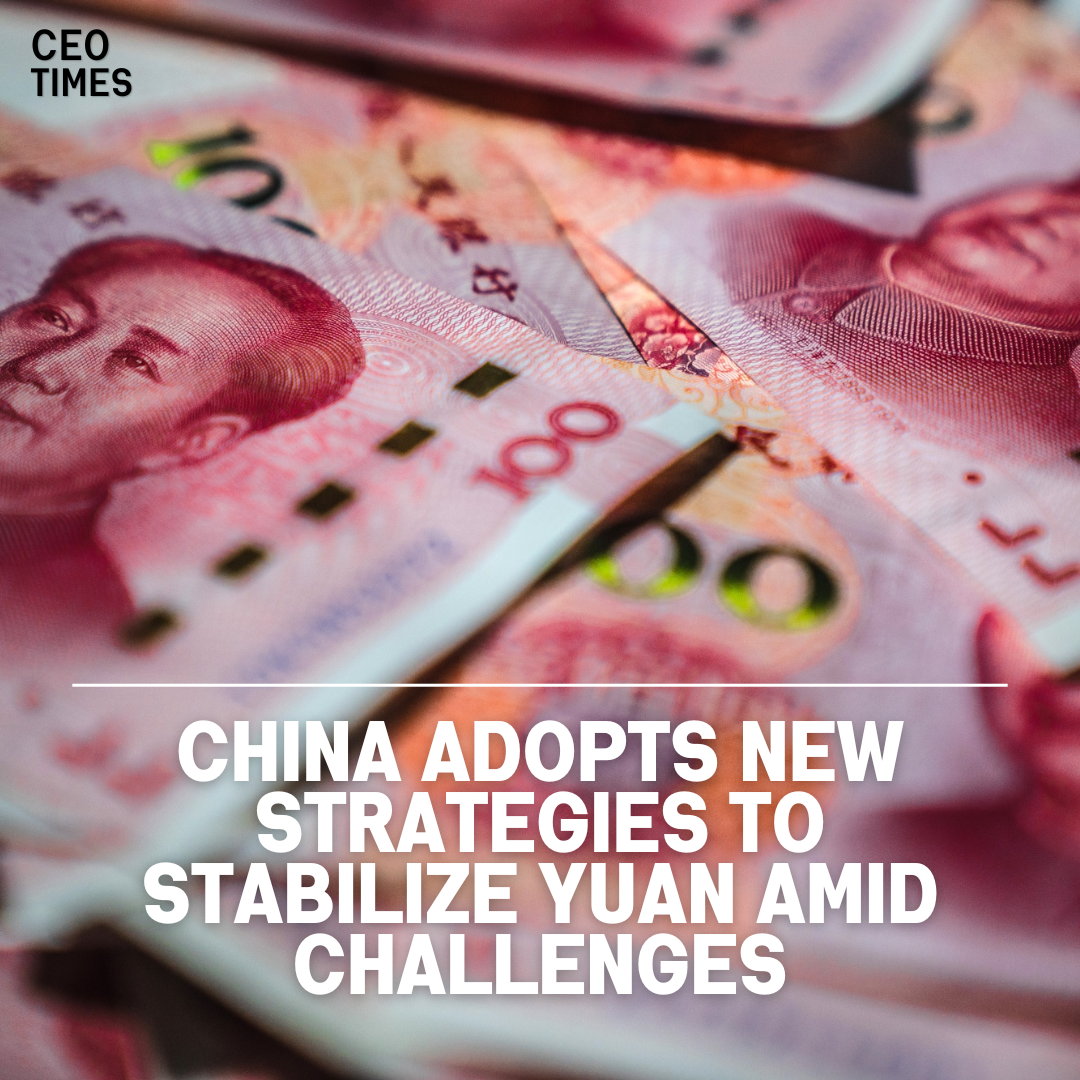China’s efforts to fortify the yuan amid economic flux diverged from previous interventions. Unlike the $1 trillion reserves depletion in 2015, the People’s Bank of China (PBOC) employed unconventional methods, signaling market tolerances and utilizing coordinated regulatory measures.
Shifting the Yuan’s Trajectory Through Market Signals:
Insights from interviews with 28 market participants unveiled a distinct strategy wherein regulators guided market behavior through coordinated efforts, resisting considerable downward pressure on the yuan.
The PBOC, in alignment with the State Administration of Foreign Exchange, offered minimal responses to Reuters’ inquiries regarding their methodologies.
Eswar Prasad, an expert at Cornell University, interpreted the PBOC’s non-traditional interventions as a means of curbing the yuan’s swift depreciation amidst domestic and global economic complexities. The measures seemingly aim to moderate the pace of the currency’s devaluation.
Midpoint Divergence:
Market shifts became evident in June when the PBOC’s daily yuan midpoint differed significantly from trader predictions.
By August, this divergence signaled the PBOC’s intention to counter market directions moving against the yuan.
Scaled Measures to Influence Currency Values:
Unlike direct interventions, the recent approach involved nuanced, specific directives to financial institutions and market participants.
State-owned banks discreetly engaged in yuan purchases during moments of adverse momentum, aiming to mitigate volatility.
Efforts extended beyond currency market participants. The PBOC’s influence seeped into the banking sector, issuing guidance to curtail dollar holdings and scrutinizing exporters’ foreign exchange transactions. Survey inquiries intensified, focusing on exporters’ intentions, altering banks’ trading behaviors.
Reduced Trading Volume and Yuan Stabilization:
The impact of these measures was visible in diminished onshore yuan trading volumes, plummeting to record lows by October.
While these regulatory efforts helped stabilize the yuan above its 16-year low from September, they also hindered market fluidity and trading activity.
Market players exhibited cautious responses, neither overtly challenging the PBOC nor wholly conforming to its directives.
Exporters like Zhu from Shanghai navigated daily currency decisions cautiously, balancing expectations for the yuan’s performance against their dollar receipts.




















